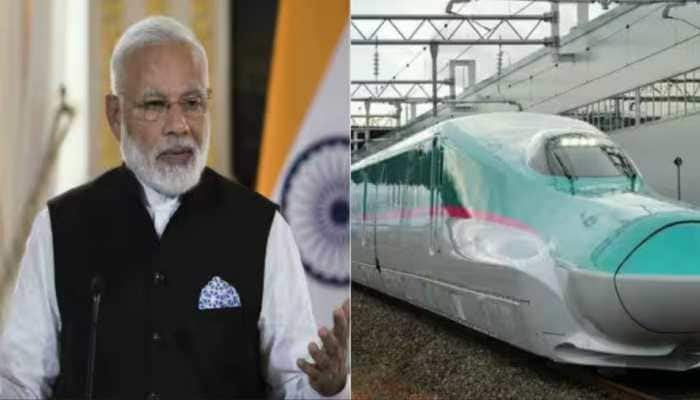Bomb THREAT on plane: Reasons why fighter jets are scrambled to intercept commercial aircrafts
Although it was announced as a bomb hoax, the IAF Sukhoi Su-30MKI fighter jets escorted the Mahan Air flight till they exited Indian airspace safely. Here's why?
Trending Photos
) Image for representation
Image for representation On October 3, 2022, the Indian Airspace witnessed one of its kind event that raised war like situation among ATC and IAF of the country. An Iranian passenger airliner belonging to Mahan Air travelling from Tehran to China's Guangzhou airport entered the Indian airspace and requested for an emergency landing at the Delhi International Airport over a potential bomb threat. Although the ATC alerted Delhi Airport for a possible emergency landing, the pilots were not allowed to land in Delhi to its sensitive nature and were asked land at the Jaipur or Chandigarh airports. Surprisingly, the pilots refused and continued their journey to China.
The IAF, on the other hand, following the SOPs, scrambled fighter jets from Punjab and Rajasthan to intercept the commercial plane and ensure its smooth exit from the Indian airspace. The Sukhoi Su-30MKI fighter jets intercepted the plane while maintaining a safe distance and escorted the Airbus A340 till the time it left the Indian borders on the Eastern side, only to land in China safely. Although it was announced that it was a bomb hoax, the question arises, why did ATC ask the IAF to scramble its jet in this situation? Here's why.
Bomb/ Hijacking threats
The civil aviation around the globe is considered one of the safest mode of transport due to elaborate security and safety measures taken by countries. However, there are countries which are feared to not have such safety measures in place and with thousands of flights taking off daily, one has to be ready with potential threats, that can include a bomb threat or a suspicious object on board and in the worst case scenario, a hijacking attempt.
In such a case, the pilots of the flight informs the nearest ATC that scrambles the fighter jets and force the plane to divert to the nearest safe airport. This is what happened in the case of Mahan Air flight from Iran to China, where they were given options to land in India at two airports outside of Delhi.
Threat of impact
The 9/11 twin tower attack was possibly the worst hijacking attempt that led to a disastrous and unexpected impact with the WTC in New York. Ever since, fighter jets are given the power to shoot down a commercial plane, either carrying passengers or cargo and not following the commands by the ATC or fighter jet pilots. Although, the process of shooting a plane is not as easy as it may sound.
While in most cases ATC and fighter jets attempt hard to establish communication with the errant aircraft and restore the flight path, but if there's a safety incident where the plane fails to respond back or take a course correction, the fighters are in charge of acting as per discretion to maximize the safety of those on the ground. This, however, requires a lot of approvals and is only the last measure before taking any such action.
Loss of communication
One of the most common reasons for 'scrambling' fighter jets is the lack of communication. A commercial plane has its course set before leaving for the journey and any small change or deviation from the course alerts the ground controllers. They then contact the plane to understand the reason for the abrupt change in either the course or altitude of the plane. However, in rare situations if the ground controllers can't communicate with an aircraft despite repeated attempts, they will request the military intervention.
The domestic air force of the country over which the plane is flying, like the IAF in case of Mahan Air when they were passing over India, will quickly scramble the jets who will make visual contact with the pilots to understand the issue. There's a laid SOP across the globe on how to contact the plane and communicate in case of comms loss. A pilot might shake the wings and ask the pilot of the commercial airline to repeat it, to understand if the situation is normal and only communication has been lost.
Stay informed on all the latest news, real-time breaking news updates, and follow all the important headlines in india news and world News on Zee News.
Live Tv







)
)
)
)
)
)
)
)
)
)
